20091119
Site plan
Einstein-dwg_flat.ai
Topo lines
topolines.dwg
.: gisela 4:46 PM
20091105
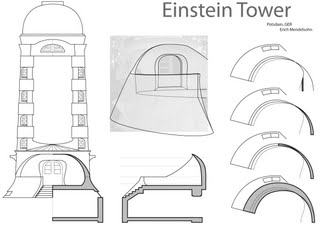
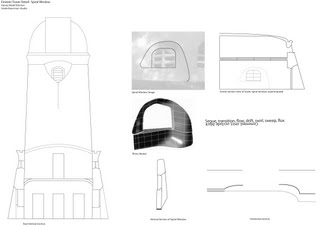
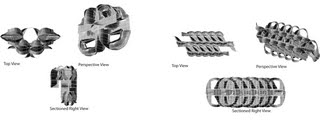
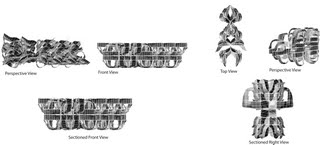
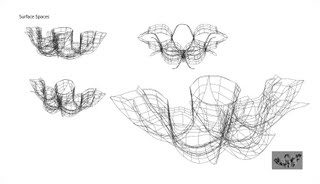
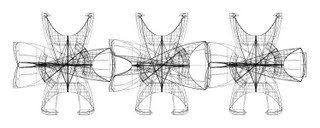
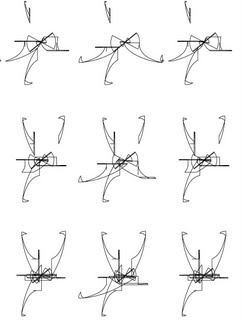

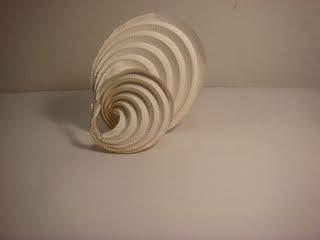
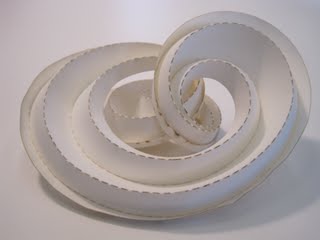
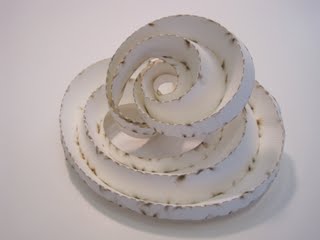
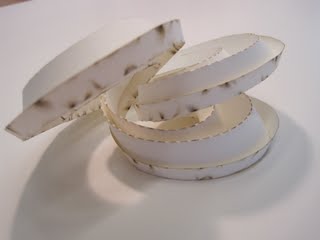
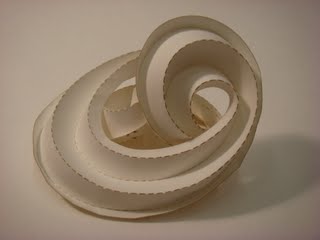
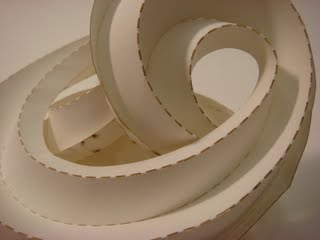
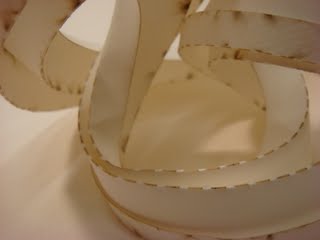

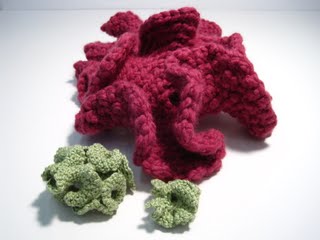
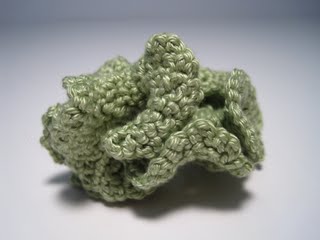
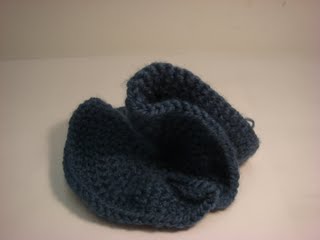
.: gisela 11:30 PM
20091104
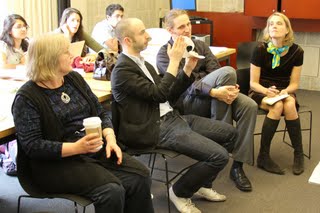
Daina Taimina, Brett Snyder, Axel Kilian, Gisela Baurmann, Jonas Coersmeier
.: gisela 1:44 PM
20091029
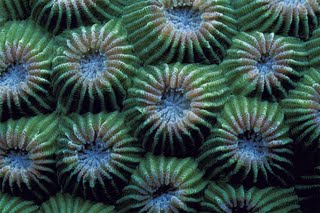
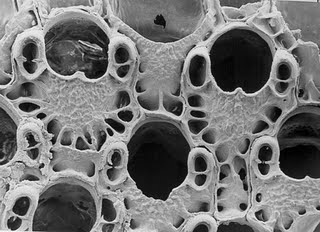

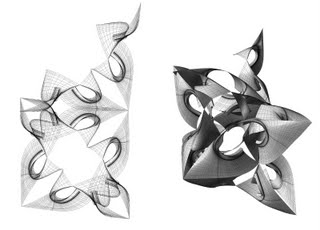
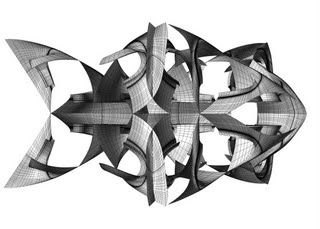

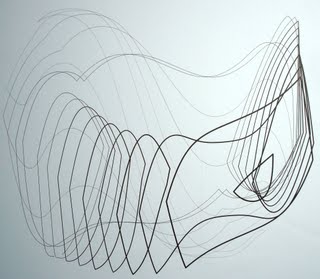
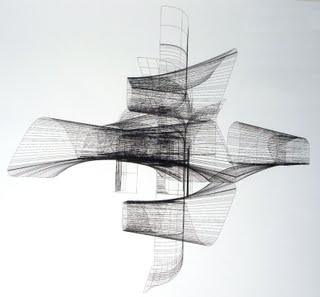
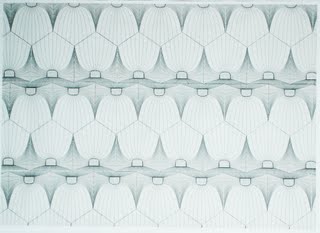
.: gisela 1:33 PM
20091026
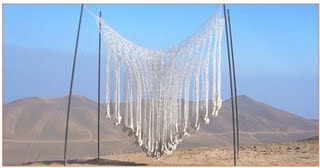
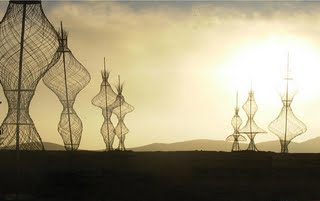
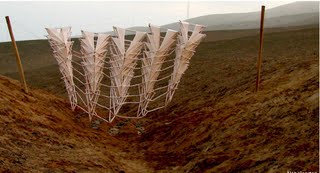
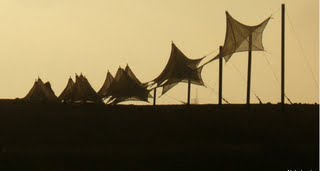
Atacama Desert Fog Garden, Machinic Arts Laboratory, Experimental Station of Alto Patache: Atacama Desert Centre
MIDTERM
Friday 20091030, 12.30PM - 4.00PM
Jurors: Jonas Coersmeier, Brett Snyder, Daina Taimina
DELIVERABLES MIDTERM
Assignment 1
Crochet models with
- variations
- global diagrams
- rule sets
Assignment 2
Curved Folding Exercise
- tests from printing paper
- final sample
Assignment 3
Einstein Tower Exercise
- Detail of Einstein Tower, in which 3 surfaces meet (photograph)
- Architectural section Drawing scale 1/4"=1' at the location of the chosen detail
- Drawing: Traces of vertices/ edges present in the detail photograph
- Drawings: Detail in plan and section
Assignment 4
Einstein Tower Detail Models
- Metal wire (vertices)
- Paper (planes)
- Rhino surface model - clean geometry optimized means
Genealogy of words
- terminology pertaining to the spatial behavior of the Einstein Tower detail
synonyms, antonyms, connotations
develop your individual terminology to describe your project
Assignment 5
- Field/Pattern from multiplied and manipulated surface detail (min 3), include
- Set of descriptive and analytical drawings (min 10)
- identify spatial condition for 2 connected/adjacent spaces
- build detail models of 2 adjacent rooms out of watercolor paper with minimal glue, include a scaled figure (scale approx. 1/4"=1')
prepare your presentation in a coherent format
carefully choose line weights and -styles
limit your choice of color and shades to one
photographs may be mixed with line drawings
.: gisela 12:23 AM
20091025
LINKS
Masdar City Centre Abu Dhabi
GlobalFloatMeasures
FogGardens_AtacamaDesertCenter
PotsdamInstituteClimateResearch
PotsdamClimateMeasureStation
VisualThesaurus
CLIMATOLOGIST
Isobars, Pressure, Composition of the Atmosphere, Sea Surface Level, Temperature, Pressure, Dew Water, Fog Catcher, Dew Collector, Trophes, Valleys, Surface Temperature, Atmospheric Boundary Layer, Circulation Patterns, Heat Transfer (radiative, convective and latent), Interactions, Global Float Array, Trajectory
A climatologist is a scientist who collects and organizes climate data, which is being updated in real time.
Assignment 5
5.1 EINSTEIN TOWER DETAIL FIELD
Use rules from crystallography as a start to multiply and connect your detail models. When connecting your details, look for spatial and topological qualities - how does one space transition to the next? What are the neighboring conditions? Ignore scale and measurements, ground, orientation, beginning and end. The focus is on spatial articulation, transition and geometry. We will introduce scale together with the architectural program.
Focus on nurb specific modeling techniques. A process of rebuilding surface constellations as continua is privileged over the additive process of stitching. Work from your Einstein detail model in a process of deformation and rebuilding of surfaces.
Keep track of cv- and isoparm count and optimize the surface resolution. Greater curvature calls for higher resolution, lower curvature for lower resolution - an economy of geometric means emerges. The relation of surface geometry to surface behavior is crucial. Do not over-determine the surface - trust in the inherent 'intelligence' of the curve.
Describe the rule base of your system in diagram and text.
5.2 PROTO FORM
A morphological study is guided by an interest in spatial relations and surface continuity. From a sequence of geometric operations (see 5.3) a ProtoForm emerges. The ProtoForm is in constant flux, its surface geometry is subject to successive articulation and optimization.
Generate a vast field of variation - Proto Design - and select from it a few iterations to be further optimized. Identify spatial qualities, establish topological families and derive from the genealogy a taxonomy of form.
- From the variation field, choose a surface envelope for two main spaces (one is bigger than the other)
- In a second round consider a series of secondary spaces (3-5)
Your word study will guide the process of choosing and optimizing found spatial conditions in the Detail Field.
5.3 CLIMATE NODE
Using your Field models as well as plan and section drawings, design a work environment of minimal size for a climatologist whose job is to monitor and measure climatic data and constantly update a global database from his/her location on Telegraphenberg in Potsdam.
The climatologists has two tasks, one is the data collection from a given environment of your choice, two is to input this data into a computer accessed by climatologists from different countries/environments.
The climatologist work shift is long (10 hours) and requires concentration - therefore the shift allows several 30 minute breaks to rest and relax. The work node will include a bathroom.
The climatologists have separate living quarters, so the work node is not their private space, nor is it a residential unit. it should be spatially optimized, yet pleasant to be in. Consider not only the relationship of the node to the person, but also its degrees of interiority-exteriority, its material, and structure.
.: gisela 12:09 AM
20091021
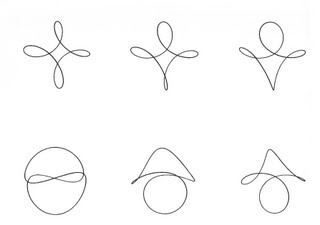
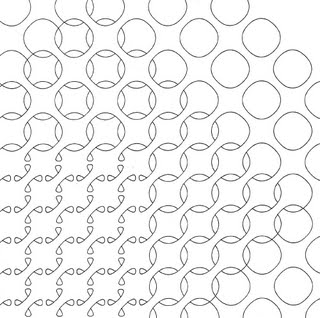
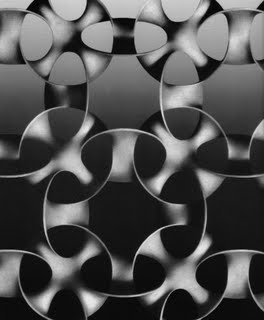
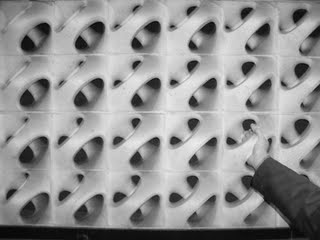
Erwin Hauer
.: gisela 12:46 AM
20091009
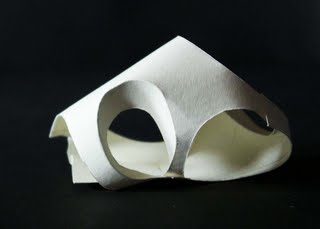
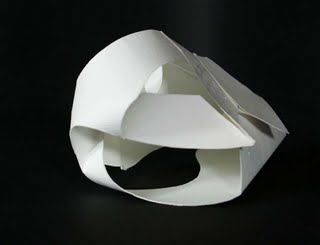
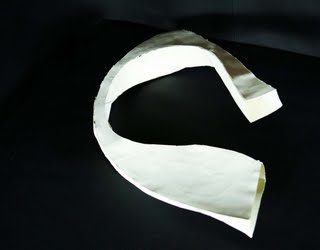
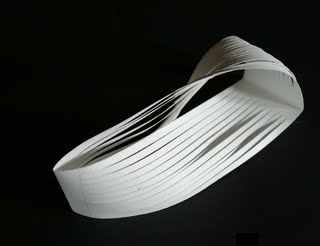
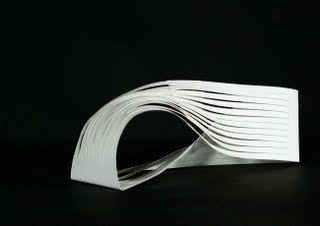
Papermodels for your inspiration
.: gisela 9:43 PM
"Mendelsohn's task was to design only an appropriate shell for the technical equipment. The Tower's [..] fluid curvilinear, concave and convex forms let it appear sculptured rather than built, resembling in its shape a wind swept submarine with the sprawled arms of a sphinx. Outcroppings on both sides of the building serve as drain spouts. Unusual features include the angled windows placed in stream-lined niches which are moulded into the round corners." Bruno Zevi (1984)
EINSTEIN TOWER
Built in 1920, the Einstein Tower is a stylized sculptural expression that defines a unique formal language within the context of the emerging Modern Movement. At the same time, the tower is a precise scientific tool and remains in operation today. The Einstein Tower is also an icon of the scientific method. It houses a telescope designed by the German astronomer Erwin Freundlich for the experimental verification of the general theories of relativity and gravitation.
Assignment 3
A series of exercises analyze connective moments in the surface of the Einstein Tower Potsdam. The "Einstein Tower Detail" will be documented, examined and arrayed to generate a catalogue of possible spatial situations.
3.1 TOWER DRAWINGS
Building a new design in its neighborhood, we want to utilize the spatial and tectonic qualities of the tower, its proposed resolution of geometric intricacies and joining of complex surfaces as well as proposed transitions from exterior to interior spaces as a resource to develop a language of our own. A series of drawings analyze connective moments in the surface of the Einstein tower. Choose a detail of the tower where three surfaces meet. (water outlet, window sill, the surface niche into which a lamp is integrated, balustrade of the exterior stair, steps of circular / straight stairs, etc.) In Illustrator trace the Image unit with splines. Minimize anchor/control point count; maximize degrees of connectivity and continuity. Allow for your rule base to develop while several versions of the system emerge as line work.
Describe the rule base of you system in diagram and text.
3.2 TOWER MODELS ANALOGUE
Based on the precise documentation, a geometric detail of the Einstein Tower will be built in physical and digital models. The arrayed and optimized details will become a geometric resource for the spatial expression of the design proposal on Telegrafenberg.
Build two simple models of the Einstein Tower detail, one from wire (edges, vertices) and one from watercolor paper (surfaces). Prepare your construction well – precision in craft, the smoothness of surfaces, as well as their sharp-edged joining will be key. For the vertices model, figure out how to bend the wire in a continuous curvature (moulds?). Prepare a way to join the wire's ends (hooks, knots, etc.). For the surface models prepare a taylor's cut. Will you use overlaps or tape to join the surfaces together? Glue may be used in minimal amounts only.
These models represent continuities, joints and spatial sequences of the Einstein Tower detail. Proportions and the relationships of parts to the whole are important. Their precision lies in the craft and topology, not the measured dimensions of the detail.
Both models will be about hand-size.
3.3 TOWER MODELS DIGITAL
After your introduction to the software, a detail model will be built in Rhino. One of the two analogue models becomes the standard for the construction of the digital model.
Import the line work of 3.1 into Rhino. Snap to anchor and control points to regenerate the geometry as Nurbs curves. Simple loft operations generate surface continuity. Work towards highest Nurbs craft and clean geometry.
BIBLIOGRAPHY
-Stephen Barr, 'Experiments in Topology', Dover Publication Inc. 1989
-George Francis, 'A Topological Picture Book', Springer Verlag 1987
- Mendelsohn, Einsteinturm : Instandsetzung, 2000
- K. Hentschel Einstein Tower: dynamic construction, relativity theory, and astronomy, 1997
- Kenneth Frampton Modern Architecture, A Critical History, 2007
- Bruno Zevi, , 1918-2000. 1920-24 Erich Mendelsohn
LINKS
http://www.pik-potsdam.de/institute
http://saekular.pik-potsdam.de/2007_en/index.html
.: gisela 9:00 PM
20091007
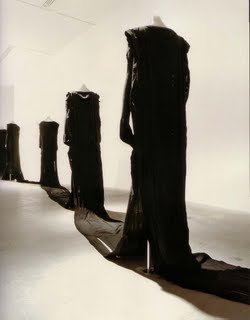
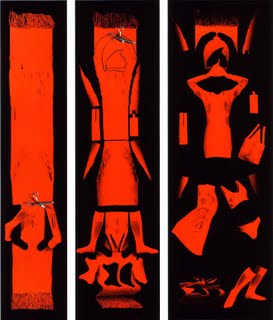
Miyake A Poc dresses
.: gisela 9:32 AM
20091005
This is a ling to my blog!
.: Marshall 10:35 AM
20091004
Einstein Tower Pics
.: gisela 9:57 PM
20091002
curved folding robots
.: gisela 8:54 PM
20090930
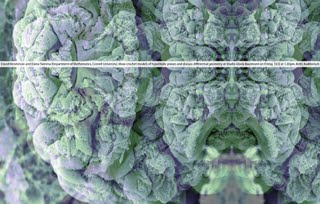
.: gisela 10:25 PM
20090929
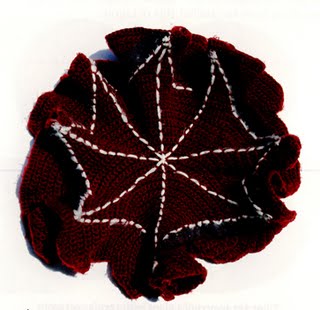
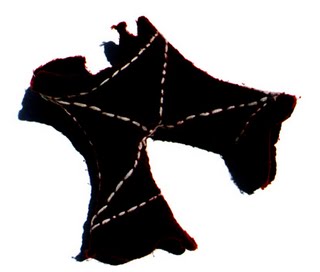
Geometry Workshop Friday, October 2nd 1.30pm School of Architecture Betts
David Henderson and Daina Taimina, Department of Mathematics, Cornell University, will give a talk and workshop entitled "Experiencing Geometry: Crocheting the Hyperbolic Plane". Ms Taimina will show and discuss her crochet models of hyperbolic planes.
Henderson Taimina
Henderson Taimina Geometry Resources
Members of the Department of Mathematics at Princeton University will join the talk.
David Gabai
.: gisela 11:24 AM
20090927
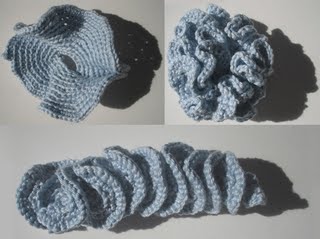
.: gisela 5:02 PM
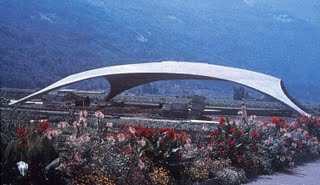
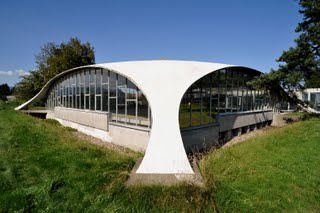
Heinz Isler
Heinz Isler from minute 52
.: gisela 4:15 PM
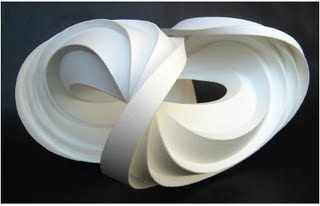
Demaine Curved Folding
Demaine_curved_folding_paper.pdf
.: gisela 12:00 AM
20090925
Barr_topology.pdf
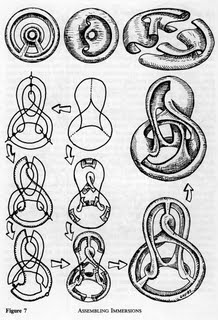
George Francis Sphere Inversion
.: gisela 5:22 PM
20090920
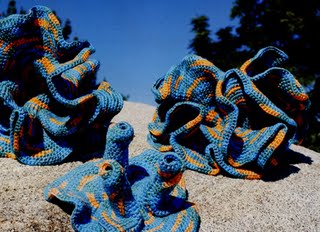
Daina Taimina Hyperbolic Plane Models
HendersonTaimina_crochet.pdf
.: gisela 5:18 PM
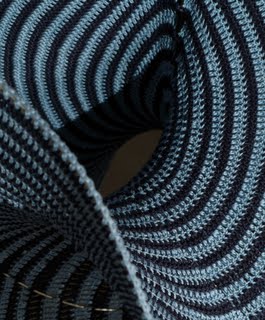
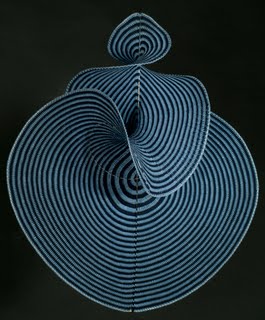
Hinke Osinga, Bernd Krauskopf Lorenz Manifold
.: gisela 4:53 PM
20090917
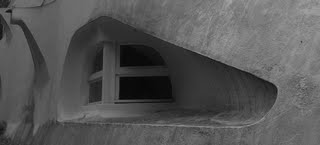
2009.09.18
"The loop stitch is a noeud coulant: a knot that, if untied, causes the whole system to unravel. It is an element in making stockings, in kitting and crocheting, and the particular way it is formed is dictated by the tools employed and the use intended. [...] I can only say that it is an extremely refined [art] and yields products whose properties can be achieved in no other way. They carry the elements of their richest ornaments in themselves and in their construction. Elasticity and ductility are the specific advantage of this products; this makes them especially suited to close-fitting dressings that embrace the figure and define it without fold" --Gottfried Semper, 'Style', published in German 1860, Getty Publications (2004)
The studio aims to acquaint students with hyperbolic geometry and its possible manufacturing techniques. At the same time it addresses one of, if not, the most pressing issues of our time, namely climate-research. In experimental investigations a design strategy is devised that captures the spirit of innovation and scientific as well as social advancement, which drives sustainability research.
EXPLORATIONS
A series of exercises explores a rule-based design methodology through model making and analytical drawing techniques and serves as introduction to non-euclidian geometry. In an initial exercise the concept of creating complex spatial geometries is investigated through employment of a single line (thread). Crochet models and models of curved paper folding will serve as tactile means to explore hyperbolic geometry and its fabrication techniques.
Equipped with these inquisitive techniques, a series of exercises analyze connective moments in the surface of the Einstein tower Potsdam. The "Einstein tower detail" will be documented, examined and arrayed to generate a catalogue of possible spatial situations.
"I suggest then that a healthy ecology of human civilization would be defined somewhat as follows: a single system of environment combined with high human civilization in which the flexibility of the civilization shall match that of the environment to create an ongoing complex system, open-ended for slow change of even basic (hard programmed) characteristics." --Gregory Bateson, 'Steps to an Ecology of Mind' (1972)
SCIENCE CAMPUS
Telegrafenberg is a Science Park located in the South of Berlin, Germany. It is home to several renowned scientific institutes and observatories. On the Telegrafenberg in Potsdam, a meteorological measuring field provides uninterrupted climate data since its inception in 1893. It is globally the only meteorological station with a comprehensive uninterrupted observation program for more than 100 years.
PIK and IASS
In October 2007, a group of 15 Nobel Prize winners gathered at the Telegrafenberg. Together they formulated a new global deal for sustainability, which included the idea of a new dedicated research institution. Subsequently, under guidance from the Postdam Institute for Climate Impact Research (PIK), the Institute for Advanced Climate, Earth System and Sustainability Studies (IASS) was founded in May 2009. It will take its permanent home in the city of Potsdam in direct vicinity to Telegrafenberg campus.
At the same time PIK plans to expand its facilities on Telegrafenberg. Climate research is one area in which the statistical analysis of massive data sets is actively employed. The PIK studies the effects of global change on both environmental and social levels. At PIK, researchers in the natural and social sciences work together to study global change and its impacts on ecological, economic and social systems. They examine the Earth system's capacity for withstanding human interventions and devise strategies for a sustainable development of humankind and nature.
PROJECT
The project is to design a new meteorological measuring station for the PIK with the facilities to gather, organize and analyze the collected data, and to visualize it in computer-generated climate models. It will be part of the ensemble of historical buildings that constitute the PIK. From the scientists’ research paper:
The challenges of shaping our future world are breathtaking. At the same time, however, the cognitive abilities to deal with those challenges have dramatically grown in recent decades. It is vital to unite dispersed knowledge and shape it into a critical mass.
The PIK seeks to become one of the world's leading centers for research and discourse on sustainability issues. The comparative advantage of the institution would not lie in its size but in its "convening power."
"The Einstein Tower is a factor of time at the will of the object; with determination it strikes like a tremor and conquers the area by storm." --Bruno Zevi, 'Erich Mendelsohn' (1983)
EINSTEIN TOWER
Einstein Tower: The site for the station is directly adjacent to the Einstein Tower, widely regarded as the most prominent example of expressionist architecture [in the world]. Built in 1920, it is a sculptural expression that defines a unique formal language within the context of the emerging Modern Movement. At the same time, the tower is a precise scientific tool and remains in operation today.
2009.09.18_03
QUESTION
Echoing the institute's primary research areas, the station design will strive to embody new sustainable building and fabrication strategies:
What is the spatial expression of a research institute that deals with the most imminent challenges of our times?
In the 1920s, the visible profile of the Einstein Tower was used for political gain. It was mediated as a symbol for a newfound German self-expression following World War I and meant to underscore the nation's leading role in scientific and cultural fields. The expansion to the PIK may claim to advance its architectural presence as a means of communicating to the world⎯this time with an agenda beyond national interests.
BIBLIOGRAPHY
-Stephen Barr, 'Experiments in Topology', Dover Publication Inc. 1989
-George Francis, 'A Topological Picture Book', Springer Verlag 1987
-Daina Taimina, 'Crocheting Adventures with Hyperbolic Planes', AK Peters Ltd, 2009
-Gregory Bateson 'Steps to an Ecology of Mind', University of Chicago Press, Chicago and London 2000
-Martin Davis 'The Universal Computer, The Road from Leibniz to Turing', W.W. Norten & Company, New York, London 2000
-Hans M. Wingler. 'Bauhaus: Weimar, Dessau, Berlin, Chicago' MIT Press, 1969
-David A. Huffman 'Curvature and creases: A primer on paper', IEEE Transactions on Computers, C-25(10): 1010–1019, October 1976
-Esther Dora Adler. ''A new unity!" The art and pedagogy of Josef Albers' Master's thesis, University of Maryland, 2004
.: gisela 3:49 PM
crochet
hyperbolic crochet
Taimina
The Institute for Figuring
Crochet Coral Reef
Potsdam Institute for Climate Impact Research
Meteorological Measuring Station Telegrafenberg
.: gisela 3:36 PM
Welcome all!
Please update your blog frequently
.: gisela 3:28 PM
|









































